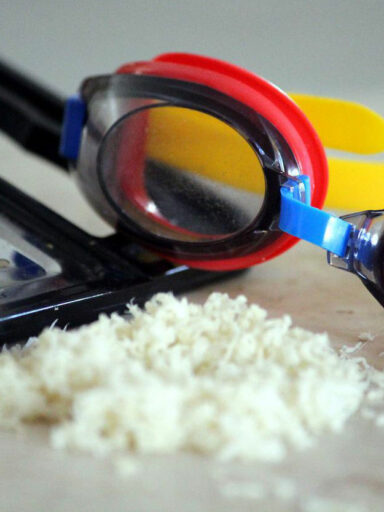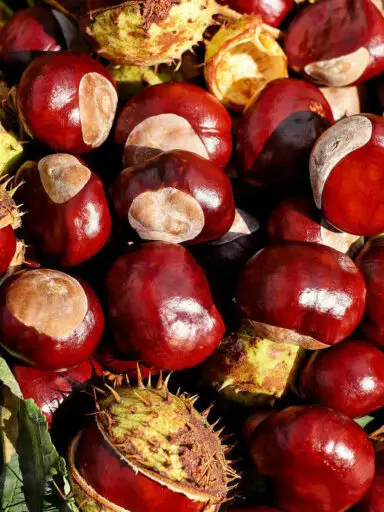Kale, also known as leaf cabbage or borecole is a vegetable with green or purple leaves and does not form a head its leaves are either plain or curly.
It belongs to the cabbage family and most resembles collard greens with other family members being broccoli, cauliflower, Brussels sprouts, and arugula.
Kale is common in Europe, the United States, and the far east. It is an annual or biennial plant that does well in rich organic soil and cool climates and some varieties can grow into winter.
Kale is known to taste better when exposed to frost. it can grow to a height of six or seven feet depending on the variety.
From the market, you should buy fresh green leaves which are a firm, crispy, crunchy, brilliant dark green color. It should be stored in a refrigerator to prevent spoiling.
Culinary Uses of Kale
Like any vegetables, they must be thoroughly washed under running water to remove soil and any pesticide residue. The stem should be chopped off leaving just the leaves.
The leaves can then be shredded, chopped, and sliced based on the instructions in the recipe.
The leaves can be prepared in various ways such as sauté, fry or blanch. The younger leaves can be eaten raw as part of a salad. Kale can be flavored with onion, garlic, tomatoes various herbs, and spices.
They should be cooked and served crispy and crunchy. Overcooked kale becomes soggy and marsh.
Nutritional Benefits
Kale provides 49 calories per 100 grams. It is very rich in vitamin A, vitamin C, and vitamin K. It also has good amounts of B-complex vitamins such as folates, pyridoxine, thiamin, and riboflavin. It is rich in potassium, calcium, iron, and Magnesium. It is also a good source of manganese and phosphorous.
Kale is also a rich source of copper and dietary fiber. It does not contain cholesterol.



